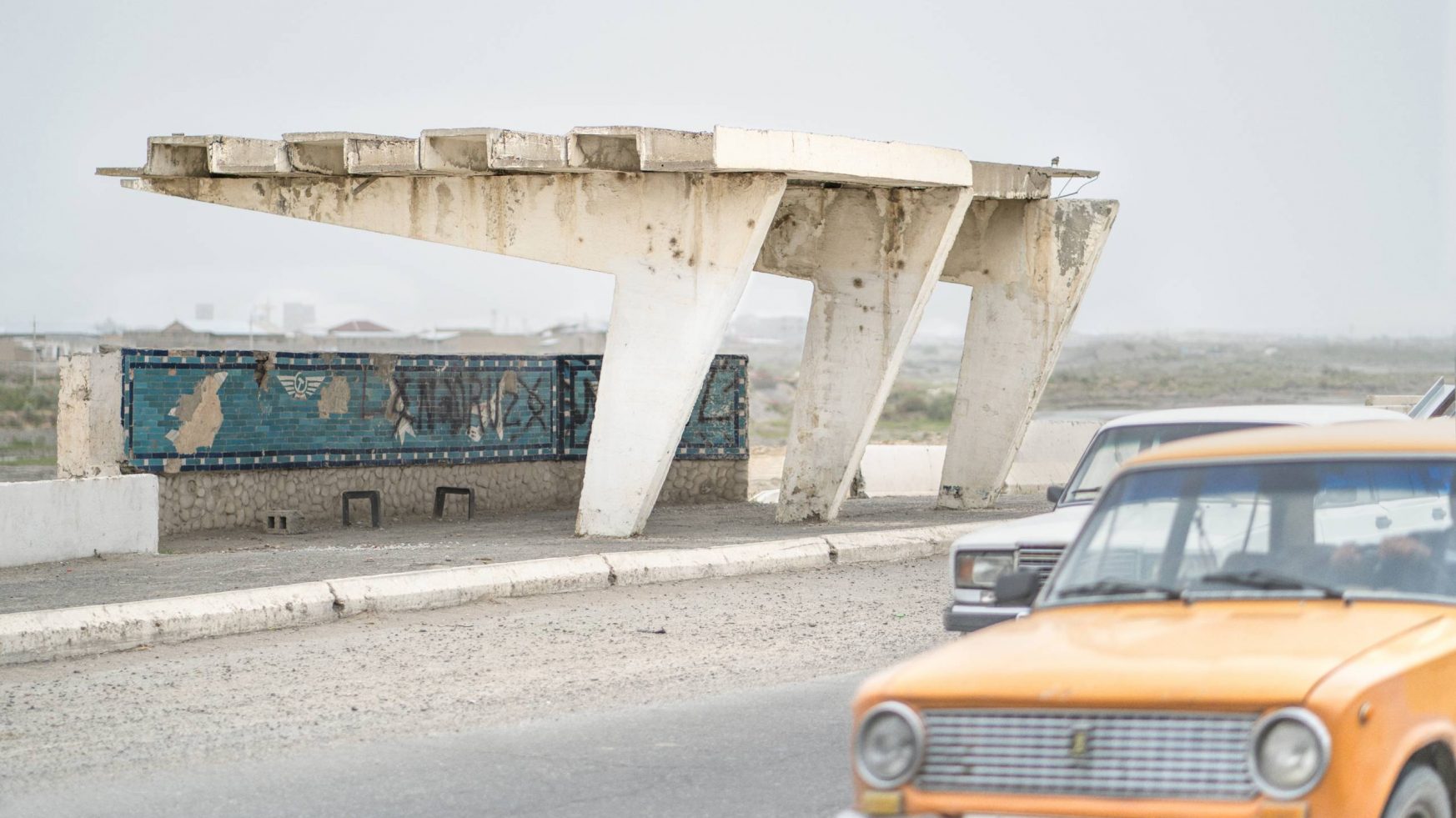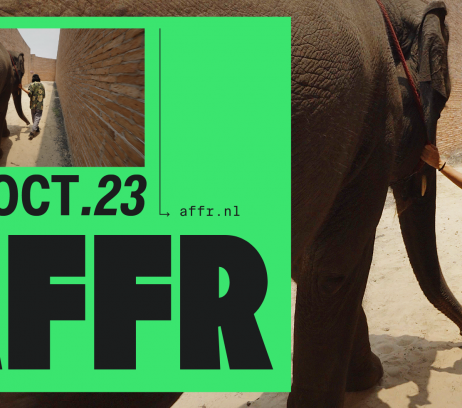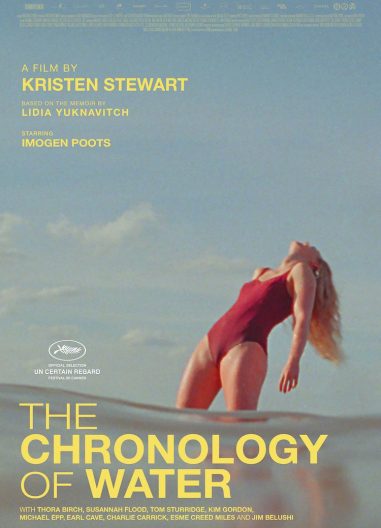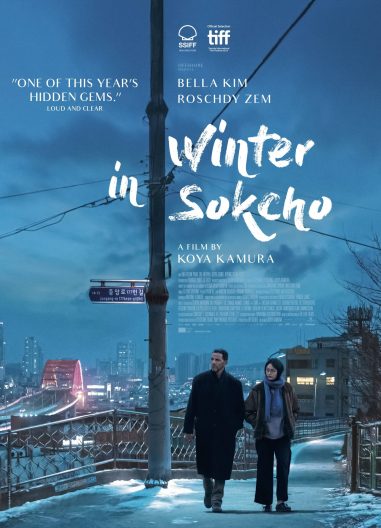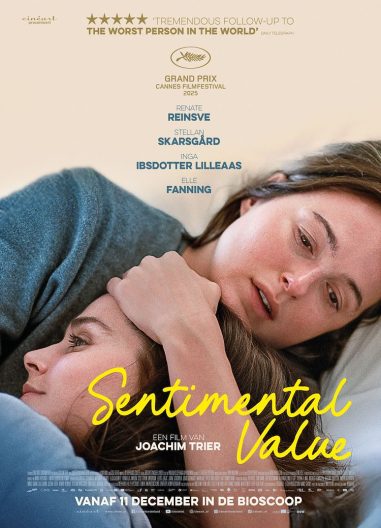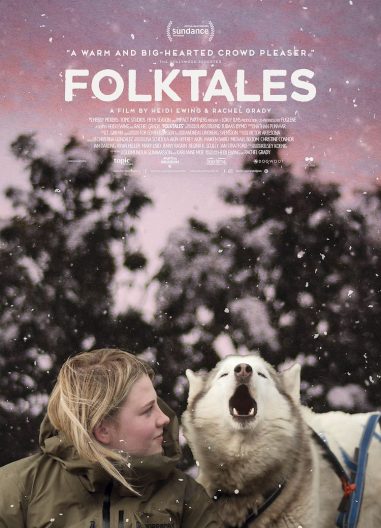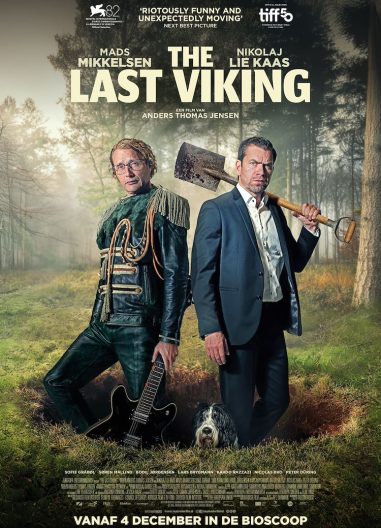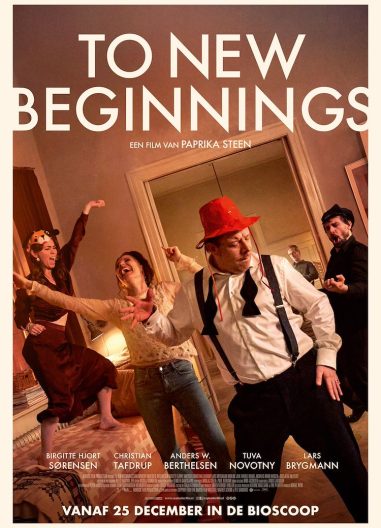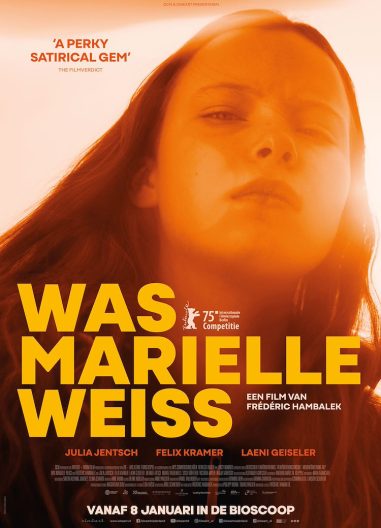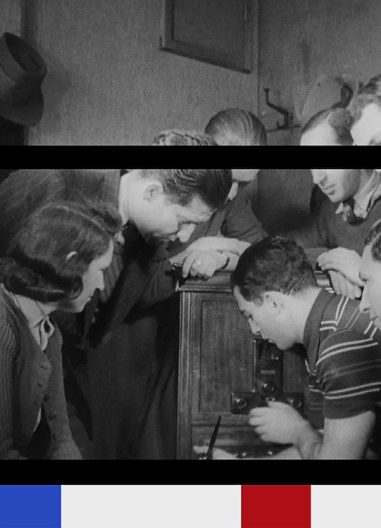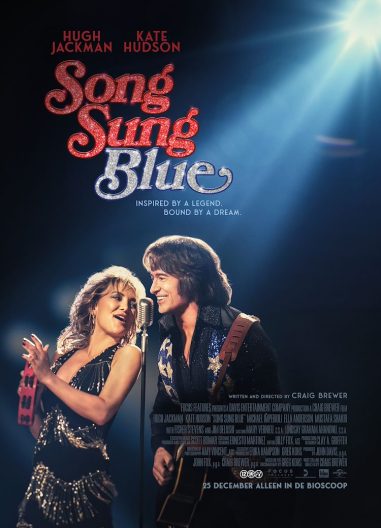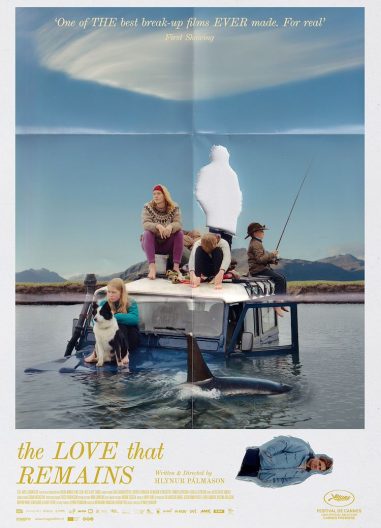Soviet Bus Stops
Een fascinerende, vermakelijke roadtrip langs de meest bizarre bouwsels uit de voormalige Sovjet-Unie: bushaltes. Alle architectuur in de Sovjet-Unie stond onder streng staatstoezicht, maar bushaltes waren onbelangrijk genoeg om daaraan te ontsnappen. Zo kon iedere lokale architect met of zonder talent zijn creativiteit erop botvieren. De Canadese fotograaf Christopher Herwig legde in de afgelopen 13 jaar bijna 40.000 kilometer af om deze parels uit de Sovjetgeschiedenis te fotograferen en filmen. Dat leverde niet alleen beelden op van architectuur, maar ook onderhoudende ontmoetingen en verhalen – zoals enkel mogelijk in het onmetelijke landschap van de voormalige satellietstaten.
A fascinating and entertaining road trip that takes in the most bizarre structures from the former Soviet Union: bus stops. All architecture in the union was strictly controlled by the state, but bus stops were insignificant enough to escape attention. That allowed every local architect, talented or not, to give free rein to their creativity. Over the past 13 years, the Canadian photographer Christopher Herwig travelled almost 40,000 kilometres to photograph and film these gems of Soviet history. That yielded not only architectural images, but also entertaining encounters and stories – only possible in the vast landscape of the former satellite Soviet states.
It’s a Date (‘5) -Director: Nadia Parfan
Geïnspireerd door de beroemde film van Claude Lelouch uit 1976 waarin de Franse filmmaker door de straten van Parijs scheurt, doet de maakster het nog eens over in de Oekraïense hoofdstad Kiev. De film krijgt door de alomtegenwoordige oorlog en het verrassende einde een meer dan actuele betekenis.
Inspired by the celebrated film by Claude Lelouch from 1976 in which the French filmmaker races through the streets of Paris, the maker does the very same in the Ukrainian capital of Kiev. The omnipresent war and the surprising ending lend the film a highly topical significance today.
Kies tijdstip
- filmspecial
Een fascinerende, vermakelijke roadtrip langs de meest bizarre bouwsels uit de voormalige Sovjet-Unie: bushaltes. Alle architectuur in de Sovjet-Unie stond onder streng staatstoezicht, maar bushaltes waren onbelangrijk genoeg om daaraan te ontsnappen. Zo kon iedere lokale architect met of zonder talent zijn creativiteit erop botvieren. De Canadese fotograaf Christopher Herwig legde in de afgelopen 13 jaar bijna 40.000 kilometer af om deze parels uit de Sovjetgeschiedenis te fotograferen en filmen. Dat leverde niet alleen beelden op van architectuur, maar ook onderhoudende ontmoetingen en verhalen – zoals enkel mogelijk in het onmetelijke landschap van de voormalige satellietstaten.
A fascinating and entertaining road trip that takes in the most bizarre structures from the former Soviet Union: bus stops. All architecture in the union was strictly controlled by the state, but bus stops were insignificant enough to escape attention. That allowed every local architect, talented or not, to give free rein to their creativity. Over the past 13 years, the Canadian photographer Christopher Herwig travelled almost 40,000 kilometres to photograph and film these gems of Soviet history. That yielded not only architectural images, but also entertaining encounters and stories – only possible in the vast landscape of the former satellite Soviet states.
It’s a Date (‘5) -Director: Nadia Parfan
Geïnspireerd door de beroemde film van Claude Lelouch uit 1976 waarin de Franse filmmaker door de straten van Parijs scheurt, doet de maakster het nog eens over in de Oekraïense hoofdstad Kiev. De film krijgt door de alomtegenwoordige oorlog en het verrassende einde een meer dan actuele betekenis.
Inspired by the celebrated film by Claude Lelouch from 1976 in which the French filmmaker races through the streets of Paris, the maker does the very same in the Ukrainian capital of Kiev. The omnipresent war and the surprising ending lend the film a highly topical significance today.

